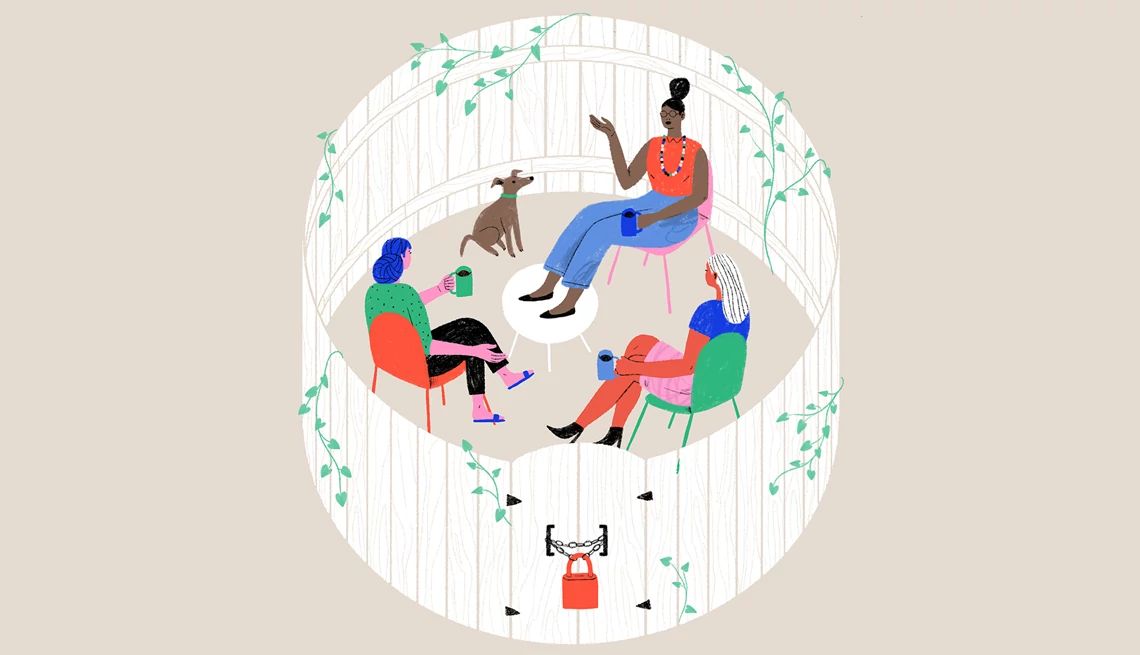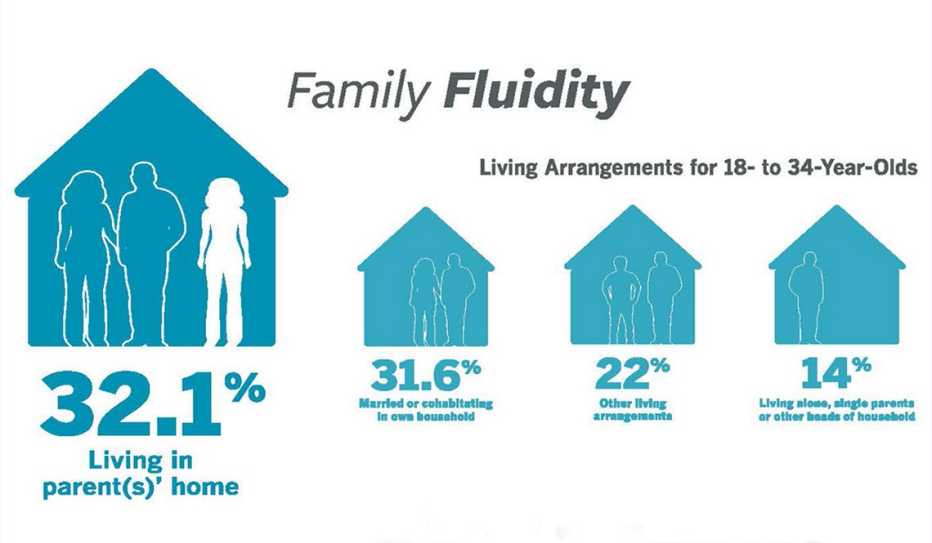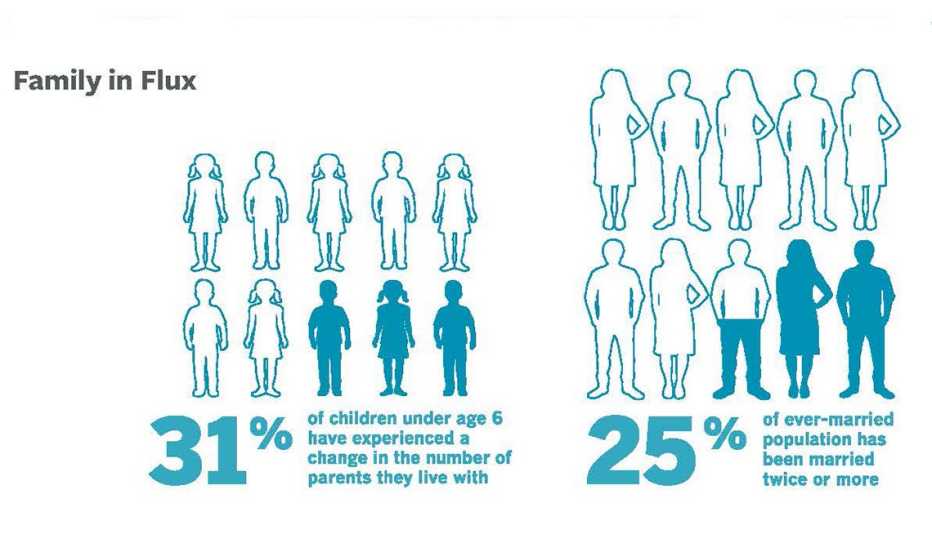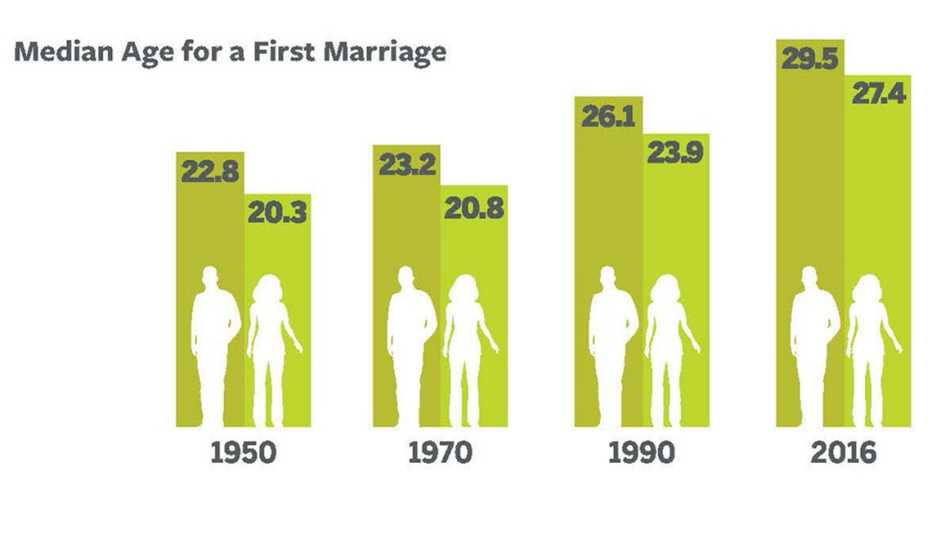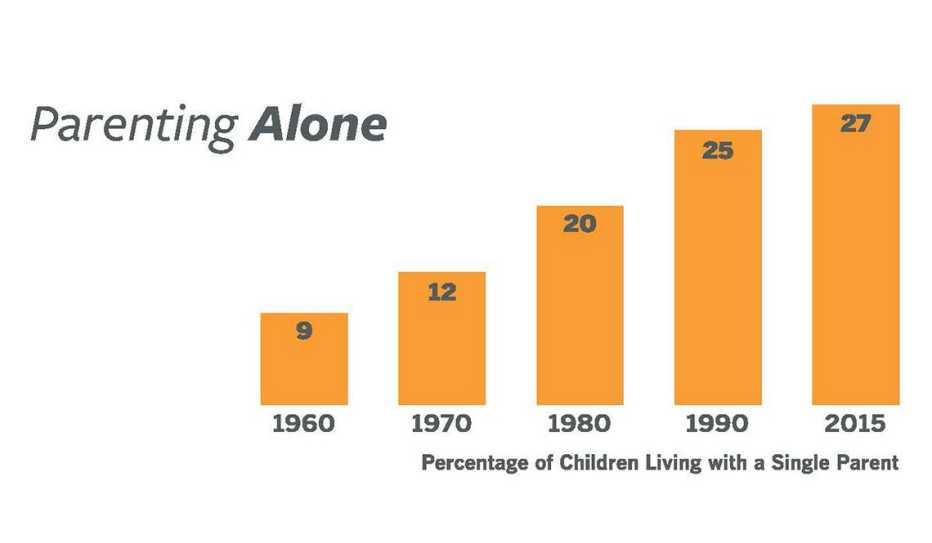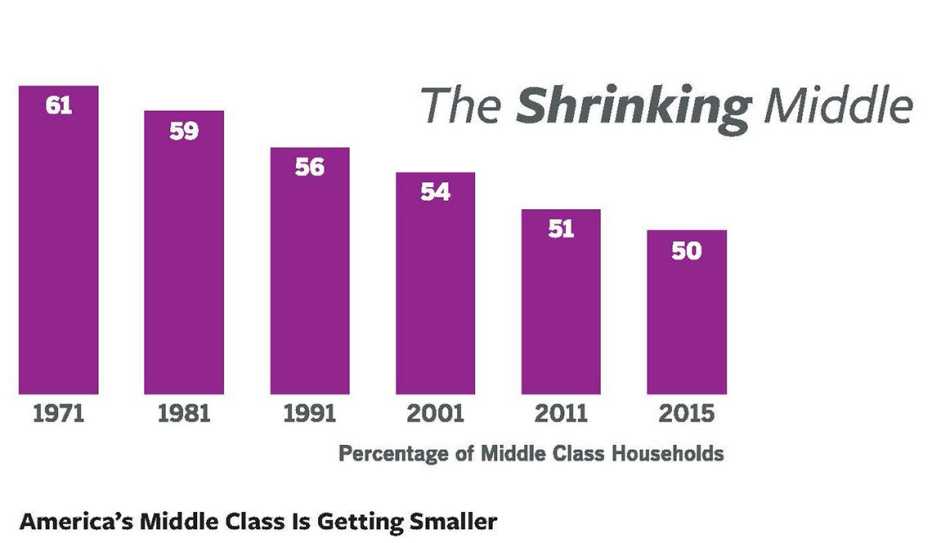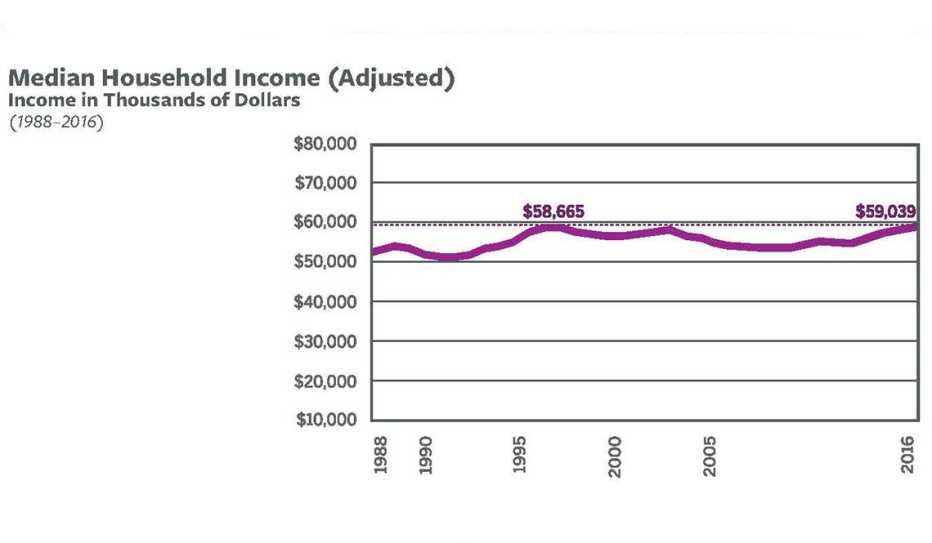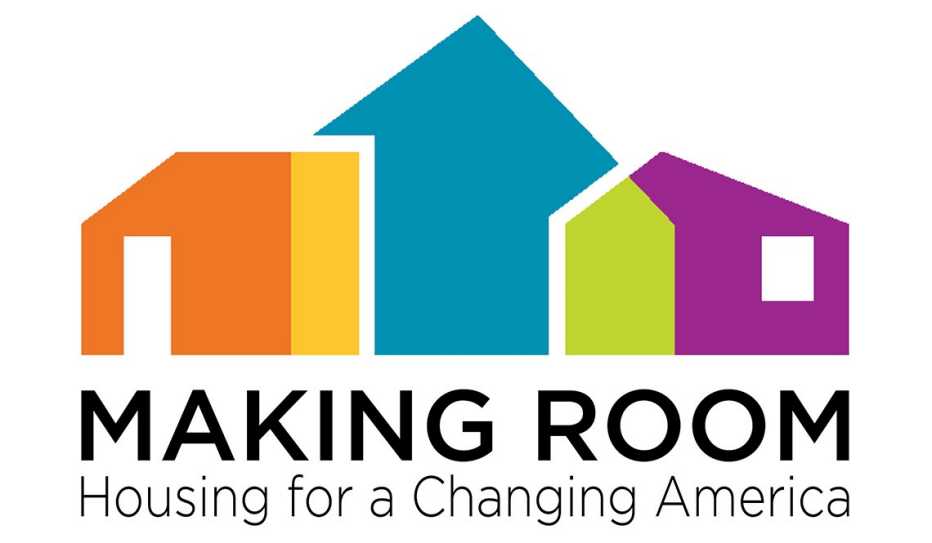AARP Hearing Center
In the decades following World War II, the typical U.S. household consisted of a married couple with children. The suburbanization of the nation was driven by this demographic, fueled by prosperity, the automobile and the dream of home ownership. Fast-forward to the 2010s, when adults living alone account for nearly 30 percent of U.S. households — and that’s a growing phenomenon across all ages and incomes. The housing supply, no matter the locale, has been slow to meet the demands of this burgeoning market or respond to the needs of increasingly varied living arrangements.
As the following slideshow presents, unprecedented shifts in demographics are redefining who we are and how we live.
Then following slideshow is adapted from Making Room: Housing for a Changing America, a free, 84-page, photo-filled AARP publication based on a National Building Museum exhibition of the same name.

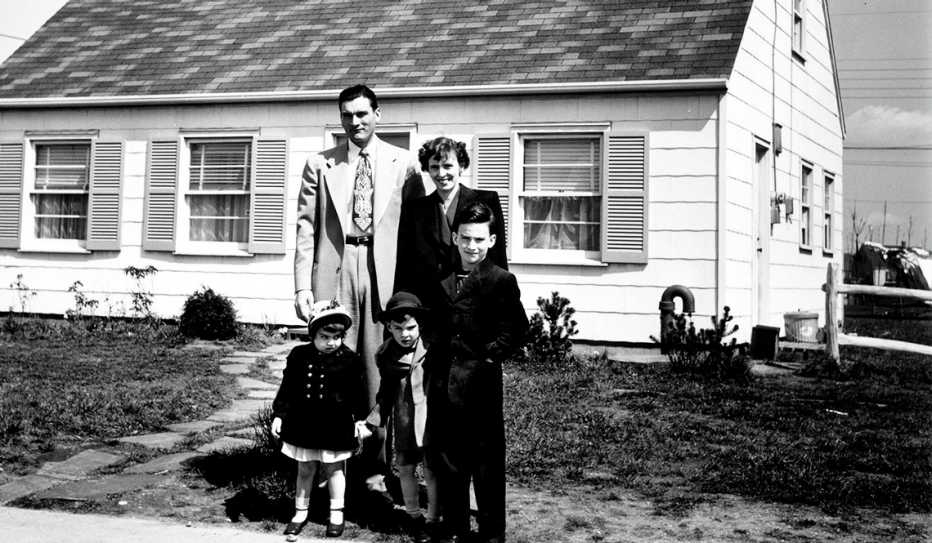
THE AMERICAN FAMILY (THEN): The post–World War II suburbanization of the United States was driven by the housing needs of nuclear families, a group defined as two parents and their minor children. In 1950, these families (including the Leveys, shown above, of Levittown, Long Island, a New York City suburb) represented 43 percent of households. Since then, unprecedented shifts in demographics and lifestyle have redefined who we are — and how we live. Today, nuclear families account for just 20 percent of U.S. households.


THE AMERICAN HOUSEHOLD (NOW): The popular image of the American household needs updating, but so do our collective assumptions about the type of housing we need. A review of the nation’s overall housing stock by unit type reveals that more than 80 percent of the nation’s apartments and houses are built with two, three or four bedrooms. These residences are designed with a nuclear family in mind: one larger “master bedroom” for parents and smaller, secondary bedrooms for children. Additionally, there are more than twice as many two-bedroom units as there are studios and one-bedrooms combined.


TRADING PLACES: As the chart above shows, the percentage of nuclear family households has been on a steady decline over the past 50 years while the percentage of single person households has been on the rise — so much so that there are more people living alone than as a family.


THE NUMBERS: According to the 2015 American Community Survey by the U.S. Census Bureau, single people living alone is the most common household type in the nation. The next most common: couples with no children. Children are present in less than 30 percent of U.S. households.


STATE OF THE STATES: These color-coded maps of the United States represent the percentage of each state's population that are 65 or older, that live alone or are parenting a child or children alone. (More details are provided in the next slides.)


WE'RE RAPIDLY AGING: The nation’s population of older adults is experiencing unprecedented growth. By 2030, more than 1 in 5 people in the United States will be age 65 or older — and by 2035, older adults are projected to outnumber children for the first time ever.














































